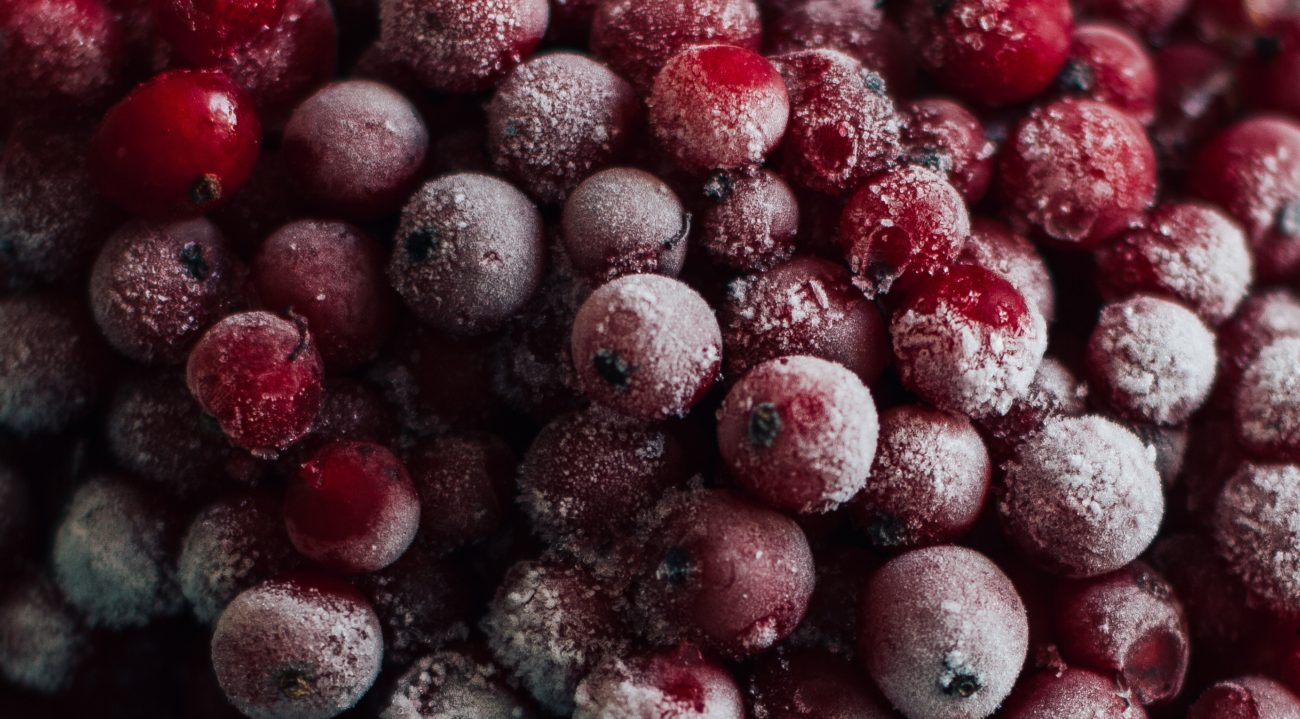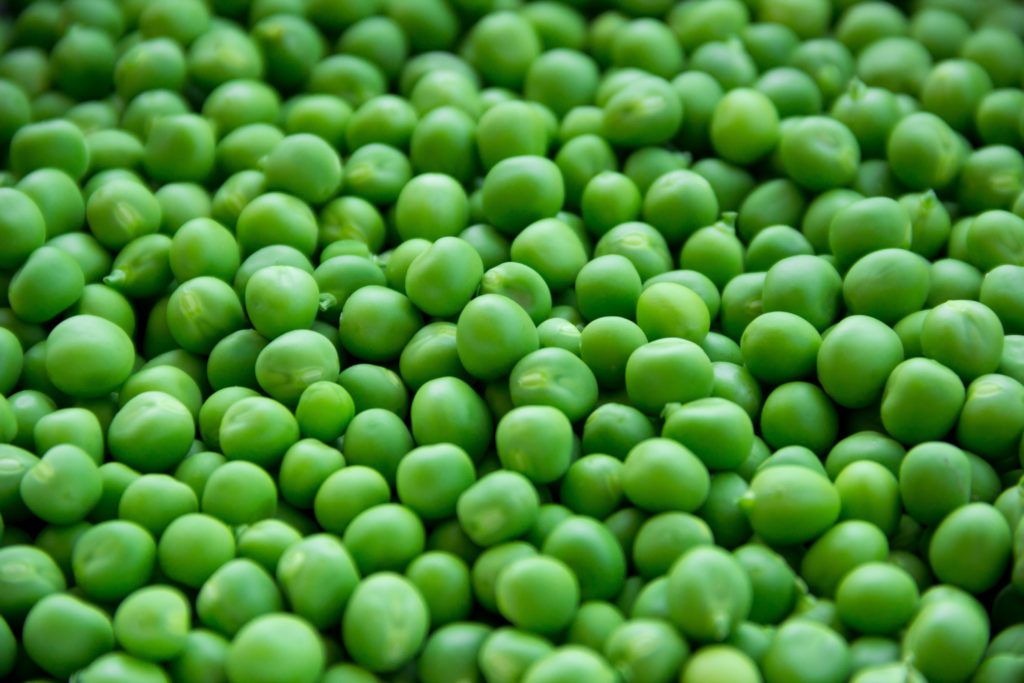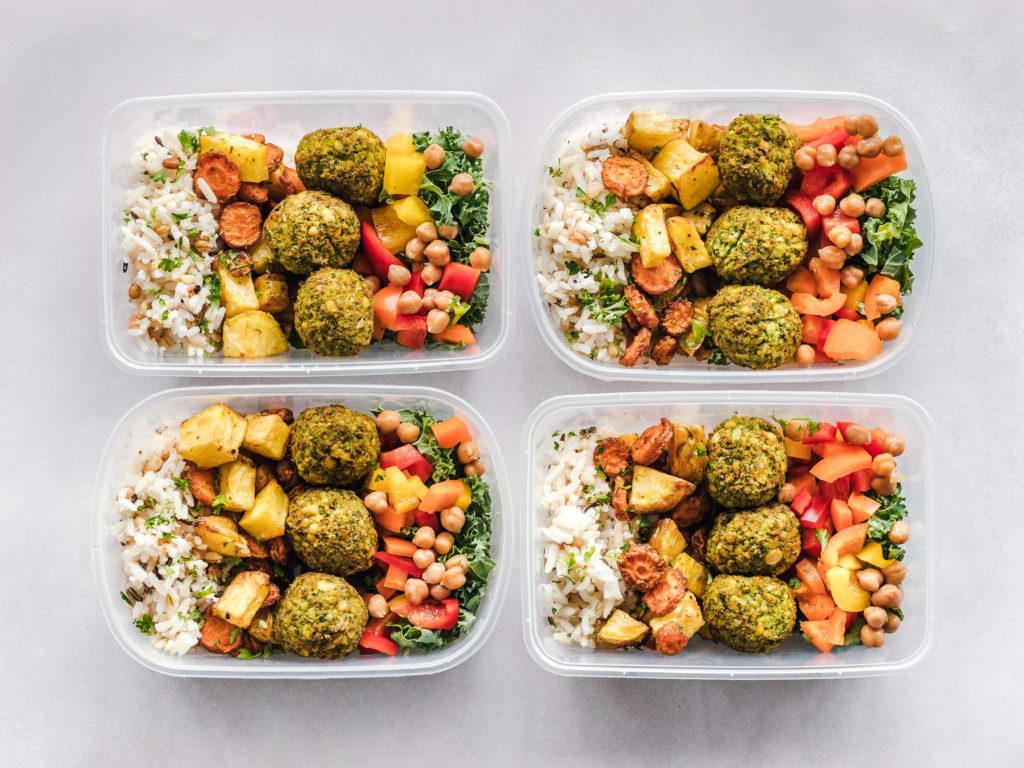10 Ways to Deal With Leftover Ingredients

10 Ways to Deal With Leftover Ingredients

When your recipe calls for 1 tablespoon of Tomato paste when a can has 10 tablespoons, what is the best way of dealing with it? Do you just throw it away? Many recipes you make will inevitably leave you with leftover ingredients and while saving $.50 worth of unused frozen peas may not make you feel like the next millionaire on the block, the mindset of using what you already have will inevitably save you money each month. These small savings can usually cut your monthly food bill by $20-$30, which can equate to saving about $360-$400 per year!
Tip # 1 – Freezing

An excellent way to ensure the ingredient will be good until the next time you need it is by freezing it. This works really well for ingredients such as sauces, meats, breads and even some cheeses. Fresh vegetables and fruits also typically freeze very well but sometimes require a bit of preparation before freezing such as bananas, which should be peeled before being placed in a freezer bag.
Tip # 2 – Use ingredient Search
Here on Two Dollar Eats and many other websites there are ingredient searches. You often can search multiple ingredients at a time to find a recipe that can knock out several leftover ingredients in one fell swoop.
Tip # 3 – Planning Ahead
If you find a recipe you love that includes adding 2 chipotle peppers but a can includes 9-10, plan ahead and consider what other recipes would be good to make that also include chipotle peppers and make it that same week.

Tip # 4 – Making a Double Batch
If you find a recipe that you love that requires 6 ounces of an ingredient that only comes in 12 ounce containers, consider making a double batch. You can either eat the extra food later in the week as leftovers or freeze it to eat later in the month! Either way, you save yourself time and money.
Tip # 5 – Excluding Ingredient
Something you should always consider when cooking a new recipe is whether or not you will use the ingredients again. If a recipe calls for fish sauce and you have never used it and think you will never use it again, try excluding it all together and saving yourself the shelf space. As an aside, fish sauce is amazing and you should definitely include it if a recipe calls for it.
Tip # 6 – Using Alternatives

If you feel like excluding ingredients will make the recipe not taste as good, you can also consider substituting an ingredient for something you already have or will use. A quick google search should give you some ideas on some alternative ingredients that can typically give you a similar flavor/texture
Tip # 7 – Buy a Smaller Container
In most cased I advocate buying an ingredient at its cheapest price per unit. If you are going to buy milk, you are typically better off buying an entire gallon as it typically costs less per ounce than a half gallon or quart. The exception to this rule is if you do not use the ingredient very often. It may be worth buying something that costs more per ounce if it doesn’t store well or freeze and if you don’t plan to use it again for a while.

Tip # 8 – Buy From Bulk Section
Many ingredients are available in the bulk section of your grocery store where you can buy the exact amount that you need. Do you have a recipe that calls for jasmine rice? Check out the bulk section, you will likely find it there and it is often cheaper than if you buy it prepackaged.
Tip # 9 – Be Creative
A big way you can use leftover ingredients is by thinking creatively. Do you have leftover broccoli from a casserole? Chop it up and throw it into an omelet. Leftover avocado? Blend it into a smoothie. Ridiculous amounts of zucchini from your garden? Grate it up and add it to spaghetti sauce. While the recipe you are making may not call for an ingredient, think creatively about what you have in your fridge and consider adding it to whatever you are making.
Tip # 10 – Give It Away
If you cannot think of another way of using the ingredient, you can always give it to a friend or family member. My mother-in-law often gives us leftover food and I take it as a personal challenge to find ways to use it. Food banks are also always in need of food, just ensure the food is unopened and is non-perishable.


